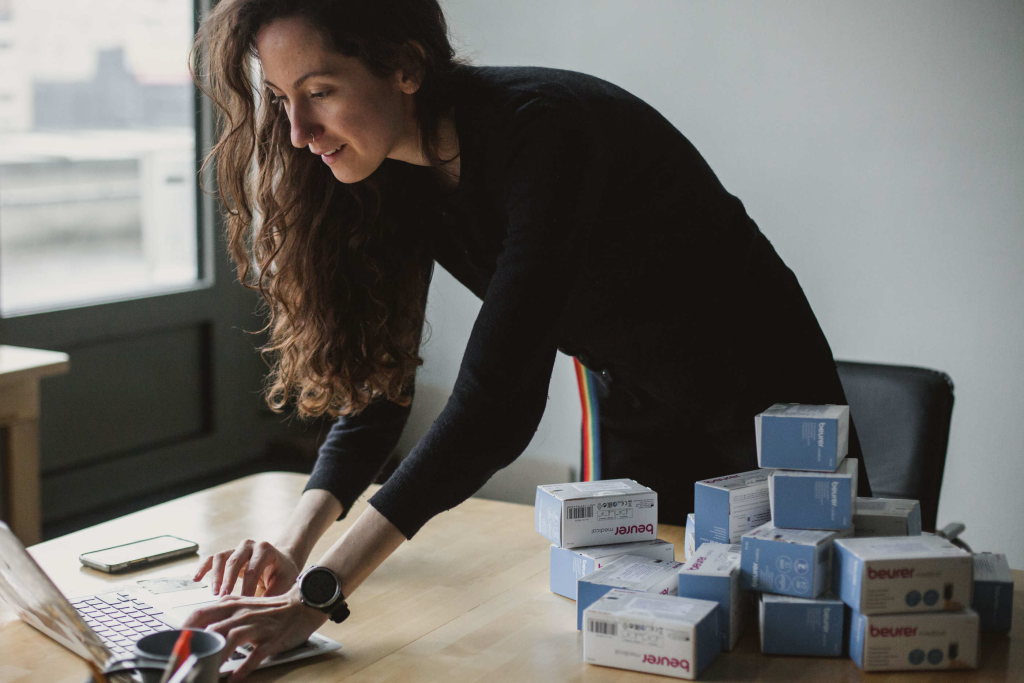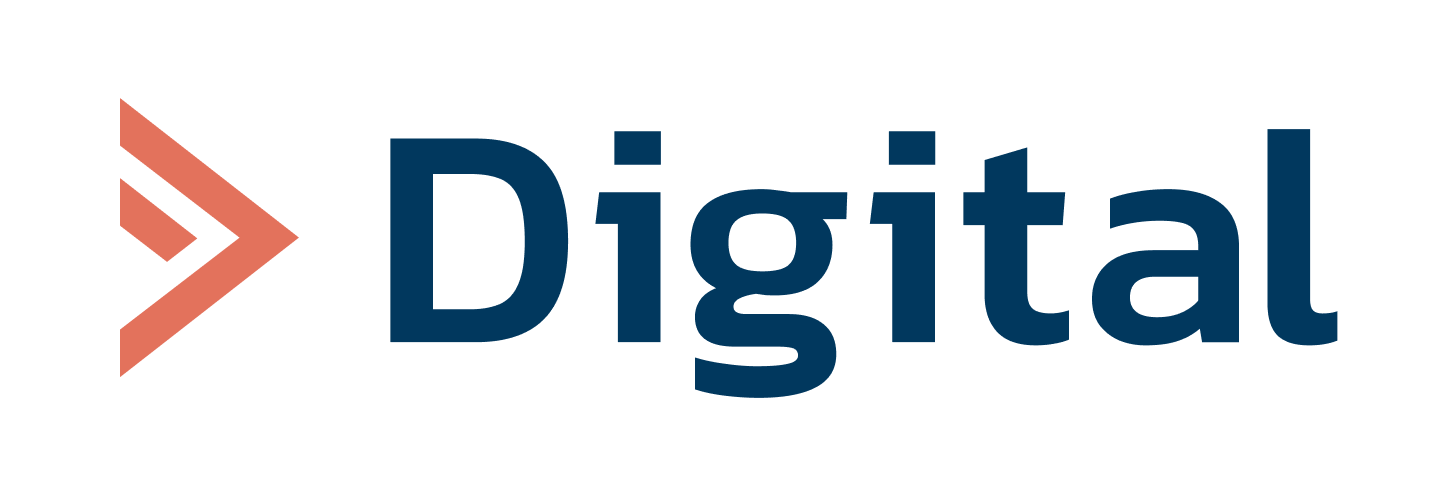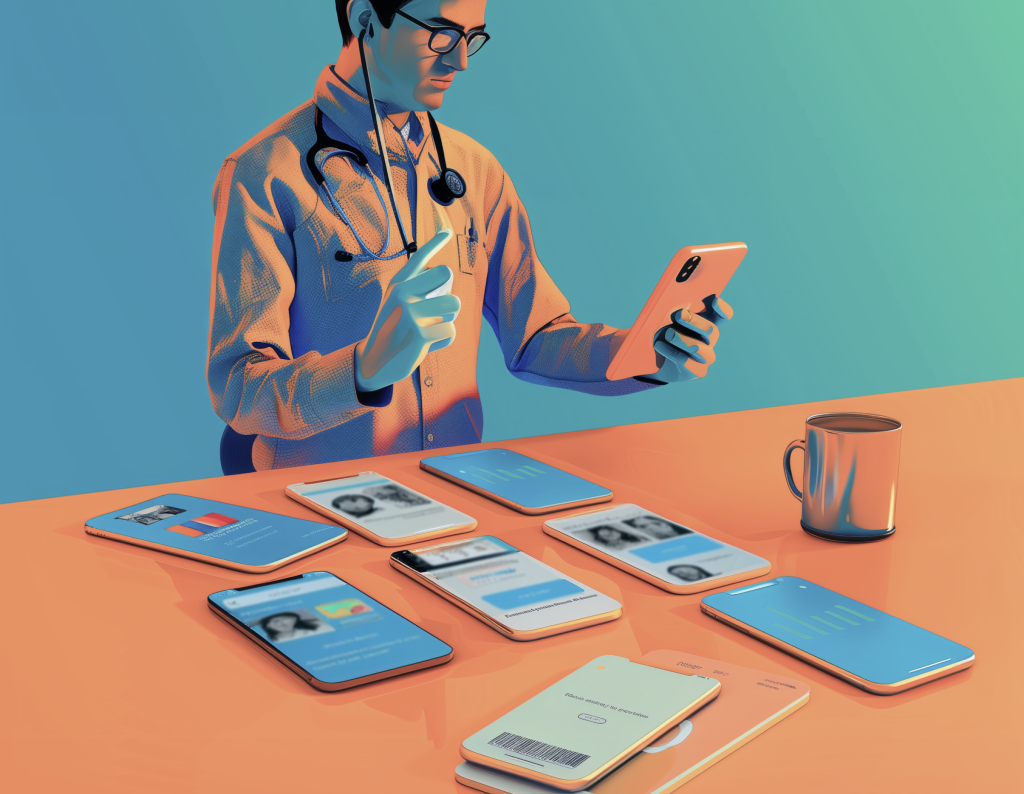In mid-October, the World Health Organization released a report on digital health and the role of technology in strengthening national systems. One of its conclusions: if digital solutions evolve without state coordination and support, they may unintentionally deepen inequality. This is not a rebuke of the tech sector but a reminder that the effectiveness of innovation directly depends on the context in which it is deployed.
The WHO notes that low and middle-income countries often face infrastructure challenges: unstable Internet, limited digital skills, shortages of specialists. Even the most advanced AI tools cannot compensate for the absence of basic conditions. In this sense, the organization calls for balance – developing technology but simultaneously ensuring access is fair and safe for everyone.
For many tech startups, however, digital health remains primarily a way to shrink the distance between people and care. TeleMedicine and AI tools let users get answers to first-line questions about their condition where traditional healthcare is out of reach – whether due to overloaded systems, remoteness, or a lack of clinicians.
The conversation about “inequity,” therefore, now extends far beyond infrastructure. It concerns autonomy – the right to understand what is happening in one’s own body and make decisions grounded in knowledge, not merely in the availability of a specialist. This aspect is becoming central to a new wave of digital-health projects that aim to make medical awareness not a luxury but a basic tool of self-care.
We discussed how this approach looks in practice and where the line runs between digital access and justice with Darya Tsaryk, Founder and CEO of Doctorina – a startup building AI solutions for primary diagnosis and triage without a physician in the loop.

2digital: The WHO warns that uncoordinated digital technologies can exacerbate inequality in healthcare. Do you agree?
Darya: In my view, when startups say digital technologies “democratize access,” they don’t mean everyone suddenly receives the same level of care. They mean a shift in paradigm of power and dependency.
Today, in many countries, the healthcare system is effectively a monopolist: access to knowledge, clinicians, interpretation of symptoms – all of it is enclosed within one institutional structure. If that structure is overloaded, inaccessible, corrupt, or simply absent, a person is left powerless. They cannot act on their own because the “right to know what is happening to you” doesn’t quite belong to them. When we say AI or TeleMedicine democratizes access, we mean precisely the ability to step outside this dependency. Which is critical.
Of course, we are not talking about surgery, treatment, and so on, but we are talking at least about a basic level of medical awareness:
what is happening with your body;
what the possible causes and likely diagnoses are;
what you can do right now, what the roadmap is, what medicines might be needed, and so forth;
when urgent care is necessary.
In other words, AI and digital health give a person the ability to be a subject, not merely a patient waiting in line.
Even in countries with strong infrastructure, this is a significant shift, because it restores control and autonomy to people rather than “replacing” the physician.

The line between the WHO’s position and that of startups, as I see it, is here: the WHO speaks about the justice of systems and infrastructure (it is hard to get an online consult without internet access – that’s undeniable, though remember maps.me or organic.maps – offline apps, and we are moving that way, too), while startups focus on human freedom inside or outside those systems.
These two approaches don’t contradict each other, they simply view the problem at different levels: one institutional, the other existential.
2digital: When you designed Doctorina, who was the primary user? Is this more of an urban product, or is it aimed at remote regions and lower-income groups?
Darya: Doctorina is neither a “city” nor a “regional” product. In essence, it doesn’t matter where a person is – Berlin, Lima, Guatemala, Peru, Poland, or Belarus. We built the system not for a specific demographic, but for the state of uncertainty a person enters when they don’t understand what’s happening and cannot quickly get a doctor’s appointment. Our user is not “poor” or “wealthy,” not “urban” or “rural.” It’s someone who needs to understand their condition and cannot immediately reach a clinician.
The reasons for this inaccessibility vary:
in Germany – overloaded systems and months-long waits for an appointment;
in Peru and Guatemala – a shortage of specialists and geographic isolation;
in Poland and Belarus – other organizational or infrastructure constraints.
Doctorina addresses this universal problem: it returns the ability to understand one’s condition without panic and without having to hunt for a doctor immediately. So it isn’t a “product for cities” or “for regions” – it’s a product for situations of access deficit, which exist in every country for different reasons.
2digital: What, in your view, can go wrong? Which mechanisms in digital health could realistically intensify inequity?
Darya: The key mistake that could amplify inequity, I think, is when digital technologies re-insert the physician as a mandatory control node, just in a new format. Many clinics are actively rolling out AI services, but they do it for the clinician’s efficiency, not for the patient. Yes, AI can help a doctor see not ten but twenty patients a day, but that does not solve the global shortage of clinicians. We still have a system where a person depends on the availability of a doctor, only now online. That means we recreate the queue, just in a digital interface.
Why so much attention to autonomous solutions now? Because it has become evident that large language models’ ability to analyze and reconcile symptoms, descriptions, and diagnoses already exceeds human cognitive limits in many ways.
Therefore, the physician’s role should be in developing and validating such systems – not necessarily in their constant operation.
When we make digital health dependent on doctors as “supervisory elements,” we put users back into a posture of waiting, and thus revive the old inequity, only with a shinier interface.
And, of course, there’s access to devices and the internet. If a solution requires a modern smartphone or stable connectivity, millions are excluded. That’s why adapting to reality matters.
2digital: Are there examples of countries or systems where e-health adoption truly widened gaps in access?
Darya: There are no real precedents yet where modern e-health solutions based on large language models have clearly worsened inequality – simply because the field is brand-new. Online diagnosis using LLMs is only beginning to take shape as a distinct segment.
There are literally a handful of companies in this space today working on it seriously – Doctorina, Doctronic, and August Health. These companies were among the first to tackle accessibility for ordinary people (not in clinics, not for clinicians), bringing triage and preliminary diagnosis close to a clinical standard. Such solutions are still in very early deployment: regulators are only starting to shape their approaches, and the traditional medical system still resists (and will resist) AI autonomy.
It’s too early, therefore, to judge outcomes. We are at a stage where even allowing such systems into mass use requires enormous legal, ethical, and methodological work.
2digital: The WHO calls for “coordination.” In practice, does that mean standards, integration, unified platforms, data-quality oversight?
Darya: I struggle to imagine this sphere being standardized in the classical sense. AI in medicine isn’t a process that can be “protocolized.” It’s a living, evolving tool, and its effectiveness cannot be captured by formal indicators of integration or ISO compliance.
The only form of coordination that makes sense to me is comparative clinical trials. Evaluate not “conformity to a standard,” but effectiveness: in which cases an AI product outperforms a clinician, and where it underperforms.
Only such comparative validation can show what actually works and what doesn’t. So if we talk about coordination, it shouldn’t mean centralization; it should mean creating a transparent environment for empirical comparison—where systems don’t dictate what is “permitted,” but data demonstrate what is effective and safe.
2digital: What role should governments and regulators play in leveling access to digital services?
Darya: Governments and regulators should be as flexible as possible. Problems begin when regulation becomes a mechanism for defending the old system rather than a tool for adapting to new realities. Say “healthcare,” and people hear budget cuts, reallocation, reduced loads on clinicians, and political resistance flares. No one wants to own changes that may be perceived as a threat to the status quo.
But the reality is that the question of “a doctor in every pocket” is already settled. Not because startups like Doctorina, Doctronic, or August Health exist, but because billions of people lack access to clinicians and are seeking a way out. They are not waiting for reform—they are helping themselves with whatever is at hand.
Regulators’ task, then, is not to slow this down, but to build guardrails where innovation and safety can coexist—without conflicts of interest between a system accustomed to clinician-centric care and solutions that give people autonomy. In five to ten years, this will happen anyway. The only question is whether the process will be governed or chaotic.
2digital: Many startups rely on freemium models or private subscriptions. Can the business model itself become a source of inequity?
Darya: Any commercial model can create inequity. If someone cannot pay for a consult, or lacks the technical means to pay – they won’t receive one. Where to draw the line between basic and paid tiers? It depends. In practice, most startups keep core functionality free for everyone, and that is the right approach.
Healthcare is paid one way or another – somewhere it’s subsidized by the state or covered by insurance; elsewhere the user bears the cost. Medical work is always funded: if not by patients, then by taxes, donors, grants, or sponsors. Startups are more vulnerable here because they must balance social mission with economic sustainability.

At Doctorina, for example, the average cost price of one consultation is about 11 cents. That sounds trivial until you realize that with thousands or millions of users it becomes tens of thousands of dollars per month. And those 11 cents are still incommensurably less than a real physician consult, which today may cost from €20 to €500—and in some cases, thousands, for highly specialized visits. And that isn’t even diagnostics – just an initial exam.
So a business model can produce inequity if it blocks basic medical help – but not if it gives people a choice: receive the basics for free, and pay for expanded services as desired and feasible.
2digital: State apps are often weaker on UX and innovation than private ones. Is there a compromise?
Darya: There is: the state provides the “rails” – infrastructure, security, and open interfaces. Private companies build services on those rails: the backend, UX, language, and human-centered adaptation sit on their side.
2digital: How crucial are infrastructure factors – coverage, smartphones, digital literacy, for these solutions to succeed?
Darya: Infrastructure matters – connectivity, smartphones, digital skills. But the world is already far more “digital” than is often assumed.
There’s a well-known observation https://www.unicef.org/innovation/stories/more-cellphones-toilets: in some countries, people may not have a toilet, but they do have a cellphone.
It neatly illustrates the reality that digital access in many regions has outpaced basic infrastructure.
That’s why we designed Doctorina to be as simple and intuitive as WhatsApp.
We also work in regions where the internet is scarce. In Guatemala, for example, we ran Hornadas events: a village had a few computers and maybe five people who were tech-savvy; they helped other users enter information and receive recommendations. Even under such conditions, access can be organized—through local coordinators. For us, this confirms that when a product is clear and doesn’t demand “digital expertise,” the barrier lies less in infrastructure than in the solution’s design and philosophy.


